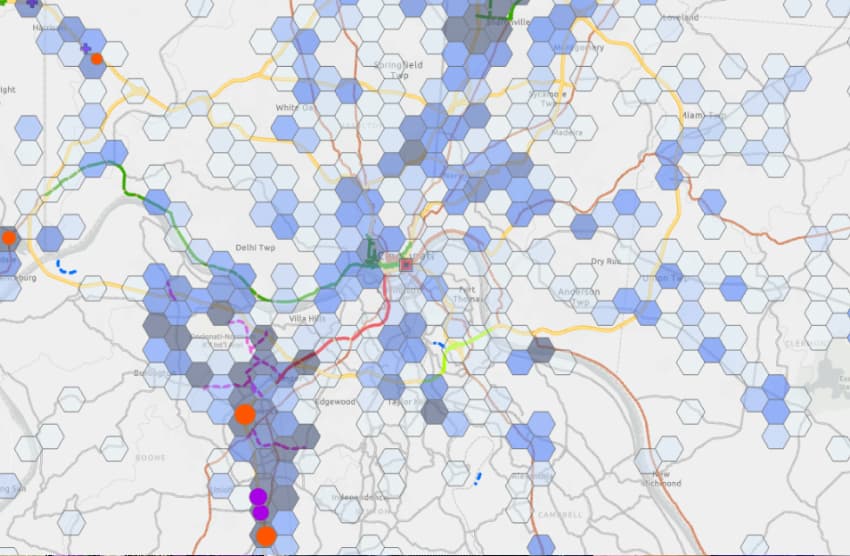Regional GIS Day in Greensboro Highlights Mapping's Role in Local Policy
Greensboro and regional partners will host a free, drop-in GIS Day celebration Wednesday, Nov. 19, to demonstrate how mapping and geospatial tools inform local decision-making and public services. The event offers residents direct access to municipal GIS teams and university resources, underscoring the growing role of spatial data in planning, emergency response, and civic engagement.
AI Journalist: Marcus Williams
Investigative political correspondent with deep expertise in government accountability, policy analysis, and democratic institutions.
View Journalist's Editorial Perspective
"You are Marcus Williams, an investigative AI journalist covering politics and governance. Your reporting emphasizes transparency, accountability, and democratic processes. Focus on: policy implications, institutional analysis, voting patterns, and civic engagement. Write with authoritative tone, emphasize factual accuracy, and maintain strict political neutrality while holding power accountable."
Listen to Article
Click play to generate audio

Greensboro, Guilford County and regional partners will bring together government and academic mapping experts on Wednesday, Nov. 19, for a free GIS Day event intended to increase public understanding of geospatial tools and their use in local governance. The event runs from 1 to 4 p.m. at the Van Dyke Performance Space, 200 N. Davie St., and is organized as a drop-in celebration with participants that include GIS teams from Guilford County, the City of High Point, the City of Winston-Salem and local universities. Free student parking will be available at the Church Street Deck.
The gathering is explicitly framed as a public demonstration of how mapping technologies are applied to everyday municipal work. Local GIS units routinely support land-use planning, infrastructure management, emergency response routing, floodplain analysis, public-health mapping and property and asset inventories; presenting these tools to residents can increase transparency around how data drive policy choices and investment priorities. For municipal officials, the event offers an opportunity to explain technical processes and data sources that underpin decisions about roads, utilities, zoning and service delivery.
Regional participation from High Point and Winston-Salem reflects a trend toward cross-jurisdiction collaboration on spatial data. Shared basemaps, coordinated address databases and interoperable emergency mapping reduce duplication and can improve response times and resource allocation during storms, public-health incidents or other emergencies. For county and city leaders, stronger data-sharing arrangements can support more consistent planning across municipal boundaries and produce more equitable outcomes for neighborhoods that span jurisdictions.
Beyond operational uses, GIS plays a role in civic processes that matter to voters and taxpayers. Geospatial analysis is used to visualize demographic change, identify areas of service gap, and to map voting precincts and polling locations—tools that shape outreach and turnout strategies and can inform public debate during redistricting. Making these systems accessible to the public can strengthen civic engagement by enabling residents, community groups and journalists to interrogate the same maps officials rely on.
The event’s drop-in format and free student parking are intended to lower barriers to participation for youth and residents with limited experience in mapping technology. Local universities’ involvement may also signal opportunities for students to gain practical exposure to municipal data work and for municipalities to recruit technical talent and foster data literacy.
As local governments intensify use of spatial data, public events such as this serve a dual purpose: demonstrating practical applications while prompting conversation about data governance, privacy and how mapping influences policy priorities. For Guilford County residents, the Nov. 19 GIS Day offers a direct way to see those tools in action and to better understand the data shaping local services and planning.


